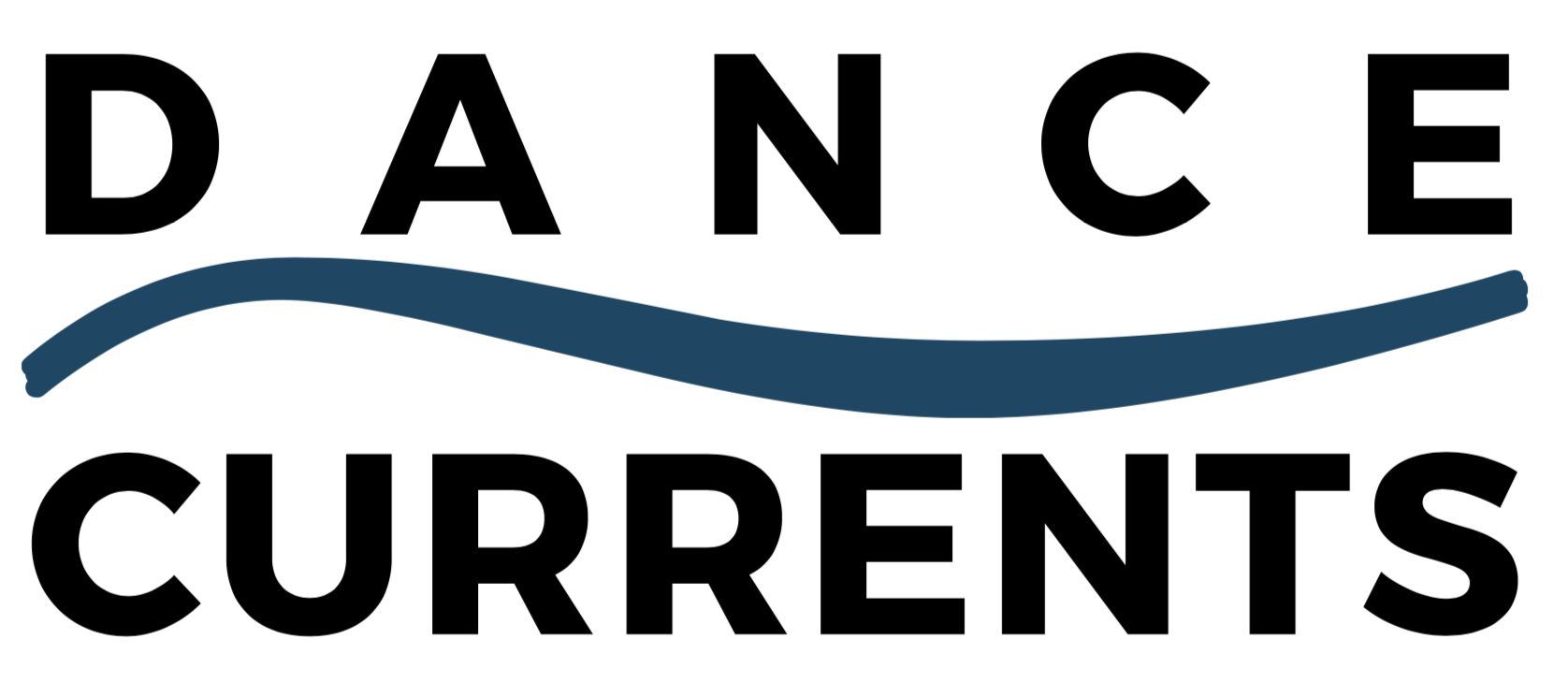Springtime in Washington D.C. means cherry blossoms and the New York City Ballet at Kennedy Center. Arguably the greatest company in the world, NYCB not only brings its dancers, but often its own New York City Ballet Orchestra as well, the better to play some of the most difficult accompaniments in dance.
This year NYCB celebrated the 100th anniversary of Jerome Robbins, a singular event at Lincoln Center that covered three weeks and 25 works by and inspired by the legendary American choreographer. The company brought a sampling to Kennedy Center, this time accompanied by the Kennedy Center Orchestra in a new contract settlement that hopefully satisfied both sides, despite a difficult musical program for the dance.
The Saturday night program featured two pieces d’occasion created for the original NYC event. Justin Peck’s Easy began it all, bright and geometric, a salute to Robbins’ jazz expertise, tennis shoes included. But where the music, Leonard Bernstein’s Prelude Fugue and Riffs (1955), was full of chunky changes in rhythm and an escalating urgency, Peck’s approach seemed short and casual.

Likewise with the concluding ballet, SOMETHING TO DANCE ABOUT. It was a collection of Robbins’ musical work, similar to the format of his Tony award-winning Jerome Robbins’ Broadway. Choreographer/director Warren Carlysle assembled various works from Fiddler on the RoofBillion Dollar Baby to West Side Story, with Fiddler on the Roof and The King and I among the 12 snippets available. It was a sweeping epic, with dancers who rank among the best in the world and a songstress, Leah Horowitz, as the focal point, although it didn’t provide a real climax despite the large and truly wonderful cast of dancers.
More substantially satisfying was Robbins’ In the Night, a series of duets to Chopin nocturnes played with great nuance by pianist Nancy McDill. Pittsburgh Ballet Theatre also performed Night this past season on its Robbins program, along with West Side Story and On the Town. There the PBT cast performed the character studies with a loving respect, but it was the NYCB cast who gave them the richness and authority that they deserved, particularly Lauren Lovette, whose sweeping generosity embraced the pervasive romance found in Chopin’s music.

Kyle Abrahams’ The Runaway, the only non-Robbins piece, got the third slot on the program, but the biggest ovation and rightfully so. Abrahams showed the Kennedy Center audience the future of ballet, how it can maintain its history and structure while embracing the latest and the greatest of today’s dance and music.

Runaway is arguably considered Kanye West’s best, a song and a full-length 30-minute video that traces West’s pursuit of the ideal, of perfection, in this case a phoenix who is changing and always reborn.
So who is The Runaway? West alludes to wife Kim Kardashian. But it also references him in a way. As for Abraham, one could assume that this abstract work, in which he decomposed the original Runaway, remains in the dance. Anchored by two fabulous solos for NYCB’s Taylor Stanley, one would have to assume that Abraham identifies with the video in a personal way, one to which we are not privy.
Nonetheless Abraham proceeds to make his Runaway his own. The musical score, always so intriguing part of his art, begins with an original composition for a chamber trio, dissonant and angular, but classically driven. Stanley takes the stage in a riveting way, establishing the vocabulary, a fusion of ballet (note his perfect fourth and fifth positions) and street improvisations.
The dancers wear cream colored satin, with bold black designs cutting a swath across the material. Are they symbolic of graffiti? One ballerina has a train, which she wears with plenty of attitude.

But then, ballet requires attitude as well. And when it transfers to West and Jay Z, the better to do more pirouettes and fouettés and other sundries, we realize that maybe street dance and classical ballet have more in common than we thought.
At any rate, this cast embraced Abraham’s movement (although he gave them equal credit for the choreography itself) with a fresh and exciting approach. As someone who has seen a ton of ballet over the years, this was a work that moved ballet in a new direction, one that is ready for millennials and more diverse audiences to embrace.
“Run away as fast as you can,” West asserts in his lyrics. Abraham responds to that, taking ballet from the usual to the unusual. But I think audiences will run toward more works like this, with gusto.



Recent Comments